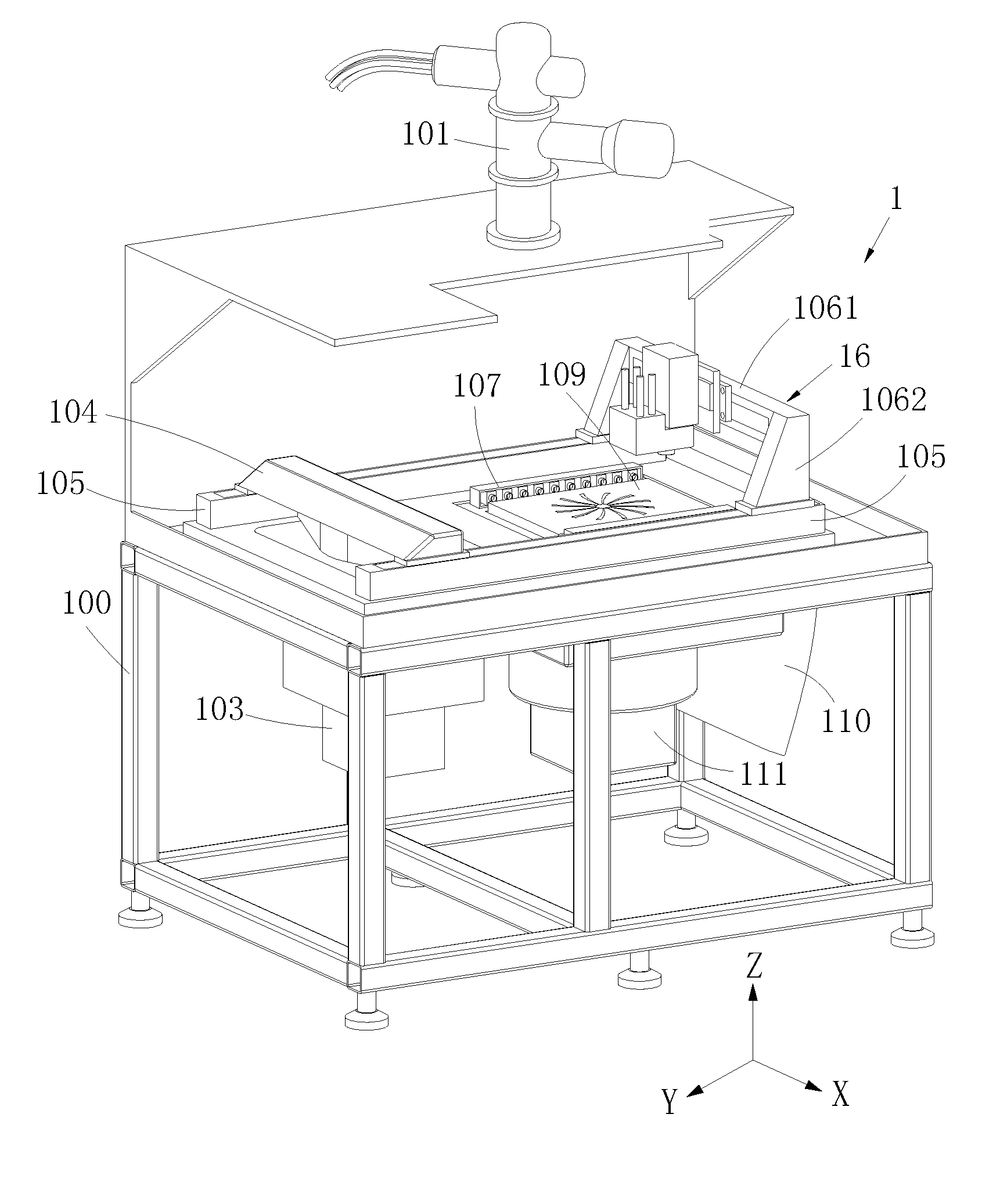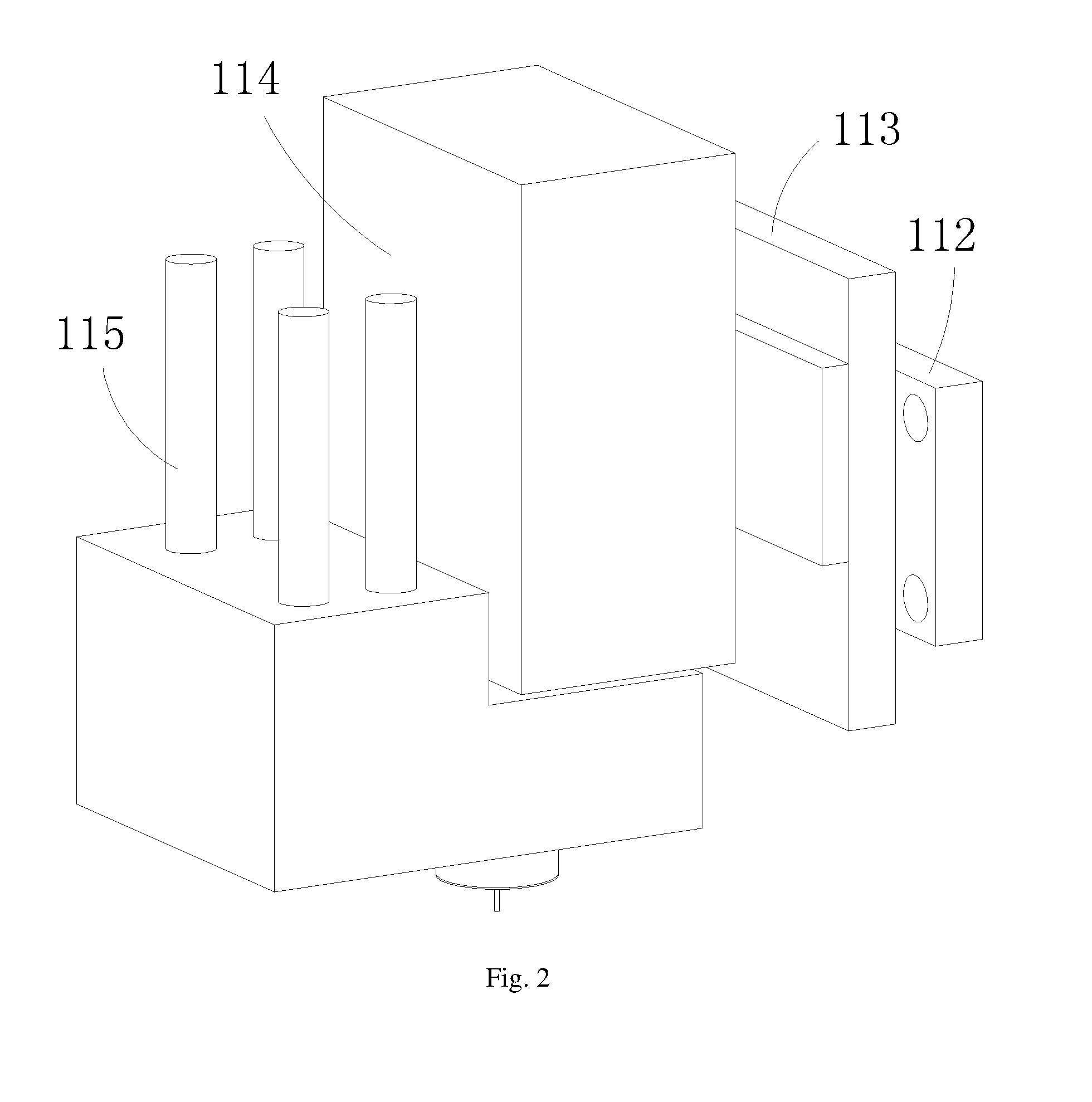Electron beam melting and laser milling composite 3D printing apparatus
a 3d printing and laser milling technology, applied in the direction of soldering apparatus, manufacturing tools, welding devices, etc., can solve the problems of stress deformation large shape error of formed components, etc., to improve milling machining accuracy, large machining error, and wide application space
- Summary
- Abstract
- Description
- Claims
- Application Information
AI Technical Summary
Benefits of technology
Problems solved by technology
Method used
Image
Examples
Embodiment Construction
[0023]In order to make the objective, the technical solution and the advantages of the present application more clear, the present application is further explained in detail with reference to the accompanying drawings and embodiments. It should be understood that, the specific embodiments described herein are only used for explaining the present application, and are not a limitation to the present application.
[0024]Embodiments of the present application are described in detail with reference to the specific embodiments in the following.
[0025]FIGS. 1-2 show a preferred embodiment provided by the present application.
[0026]A 3D printing apparatus 1 provided by the present application combines laser milling machining with electron beam melting, and may be used to form various components, such as the components required in the aviation manufacturing industry, or the like.
[0027]The electron beam melting and laser milling composite 3D printing apparatus 1 comprises a base 100, a powder spr...
PUM
| Property | Measurement | Unit |
|---|---|---|
| thickness | aaaaa | aaaaa |
| magnetic field | aaaaa | aaaaa |
| strength | aaaaa | aaaaa |
Abstract
Description
Claims
Application Information
 Login to View More
Login to View More - R&D
- Intellectual Property
- Life Sciences
- Materials
- Tech Scout
- Unparalleled Data Quality
- Higher Quality Content
- 60% Fewer Hallucinations
Browse by: Latest US Patents, China's latest patents, Technical Efficacy Thesaurus, Application Domain, Technology Topic, Popular Technical Reports.
© 2025 PatSnap. All rights reserved.Legal|Privacy policy|Modern Slavery Act Transparency Statement|Sitemap|About US| Contact US: help@patsnap.com



